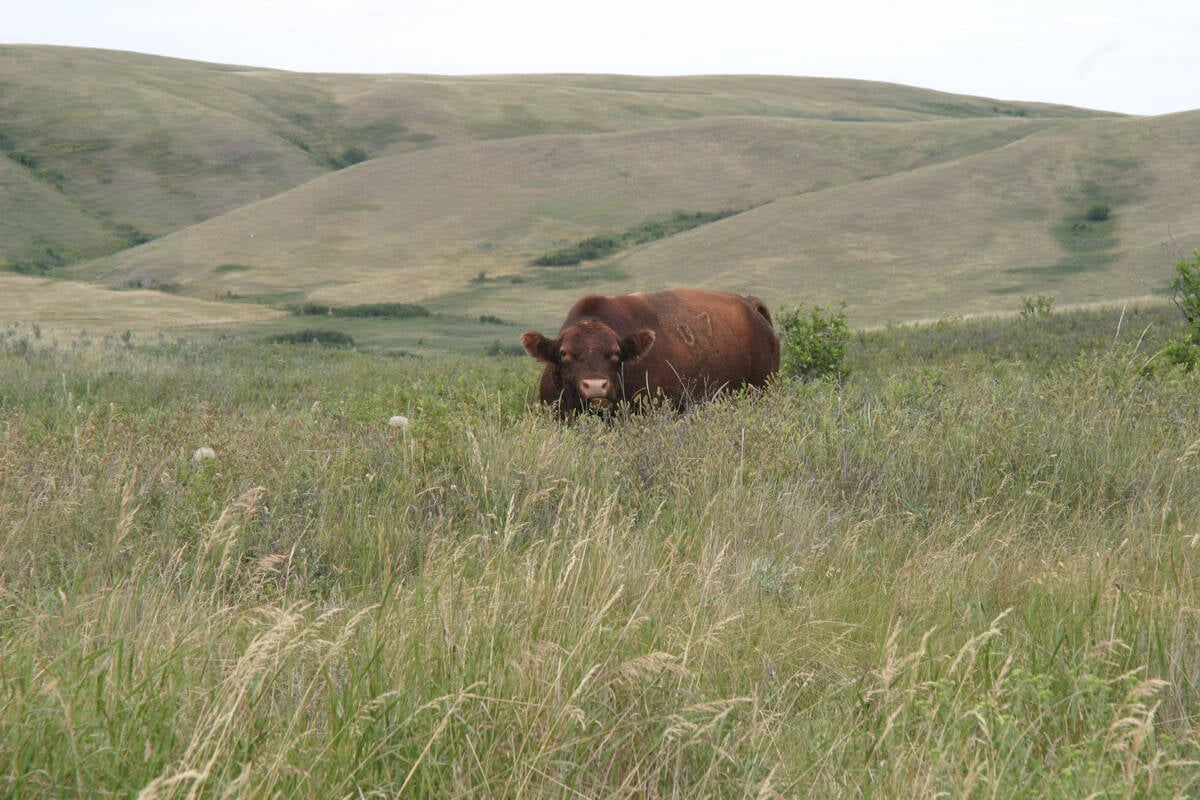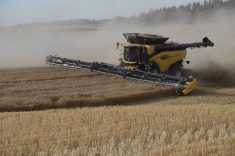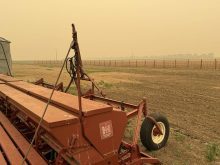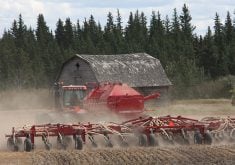When a country that is home to more than one billion people pledges to increase grain production, farmers in other parts of the world better pay attention.
In the face of huge imports of American soybeans, premier Wen Jiabao recently promised China’s grain producers their government will put more money into agriculture and farming infrastructure.
Wen said agricultural tax rates must be lowered and grain prices increased to ease the burden on farmers.
Poor economic returns have pushed land out of production in China. The amount of winter wheat seeded has dropped by about 15 million acres since 1997. The prospect of that trend reversing makes one Winnipeg grain analyst shudder.
Read Also

Saskatchewan puts crown land auction on hold
Auctions of Saskatchewan crown lease land are once again on hold.
“That’s bad news because they did the same thing in the early 1990s,” said John Duvenaud.
“It sounds like they’re going back to this ‘let’s not starve to death’ issue.”
A decade ago, in an effort to stem the tide of farmers leaving the land and migrating into cities, China’s government adopted a primitive system of rewarding farmers with artificially inflated crop prices.
“The state agency put in unrealistically high prices for grains, but they didn’t put in any type of quality parameters on those bids,” said Duvenaud, who publishes the Wild Oats Grain Market Advisory.
“It didn’t matter if you delivered Manitoba No. 1 hard or some junky feed, it was all at the same price.”
That eventually resulted in a massive pile of grain stocks. But that mountain is more like a mole hill these days.
In wheat, stocks topped out at 102.9 million tonnes at the end of 1999-2000. They’ve dropped every year since then and are expected to be about 43 million tonnes at the end of this crop year.
“They’ve pretty much cleaned up their storage. They’re rattling along on empty like the rest of the world is now.”
China’s grain production target for 2004 is 455 million tonnes, up from 430.6 million tonnes harvested in 2003. Those estimates are based on putting four million acres back into production.
“There’s no doubt that if the Chinese want to increase grain production, it looks like they’ve got the ability to do so,” said Duvenaud.
Agriculture Canada wheat analyst Glenn Lennox has a different interpretation of Wen’s comments.
“That was pretty much a political statement. It’s just stating that they would like to be more self-sufficient. It doesn’t really mean anything unless they have the ability to do so.”
Recent history has shown they don’t. Wheat production has declined as producers turned to more lucrative crops like cotton and oilseeds. And there are plenty of other obstacles to overcome.
“In large parts of China water is the restraining factor,” said Lennox.
Canadian Wheat Board crop analyst Guy Ash said the continued urbanization and industrialization of China is also taking land out of production.
He said China’s 2004 winter wheat crop is already in the ground and it’s smaller than last year’s crop. If there is an increase in seeded acreage, it may be in crops such as corn and soybeans.
Ash said Beijing has talked about giving farmers more access to inputs and better crop genetics, but that takes time.
While there is no doubt that China is trying to rebuild its depleted grain stocks, it won’t be a speedy process.
“I don’t think we have to fret terribly about it yet,” said Ash.

















